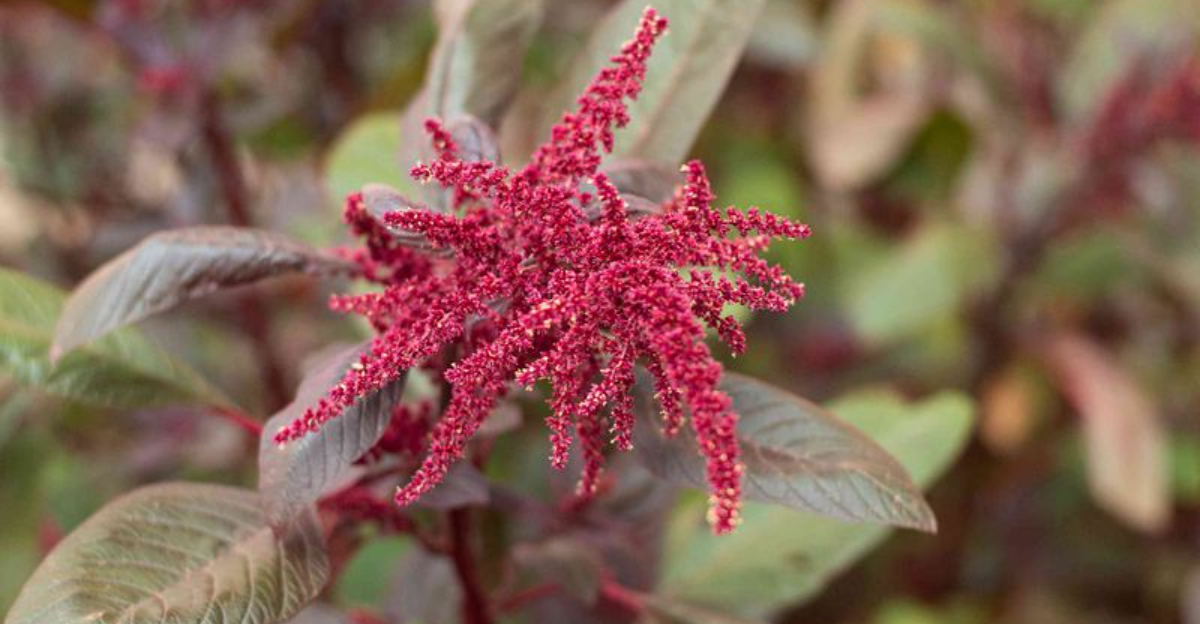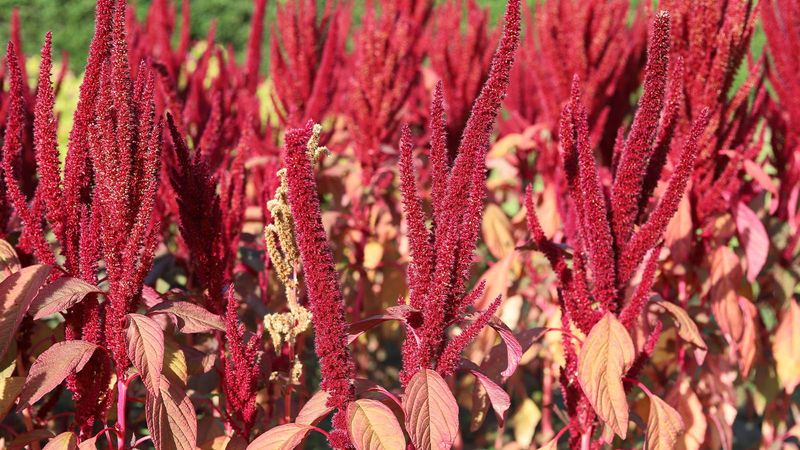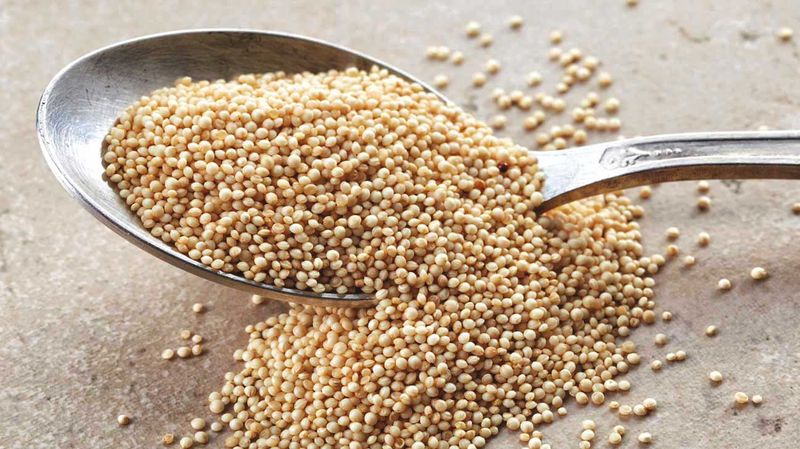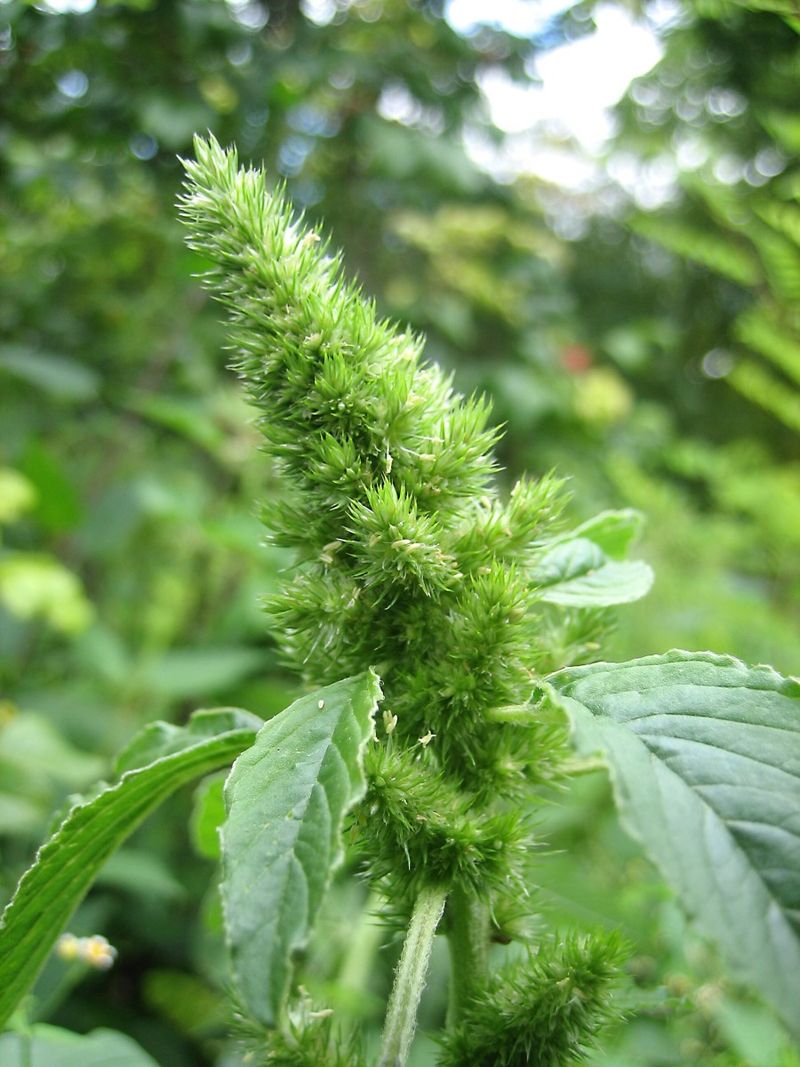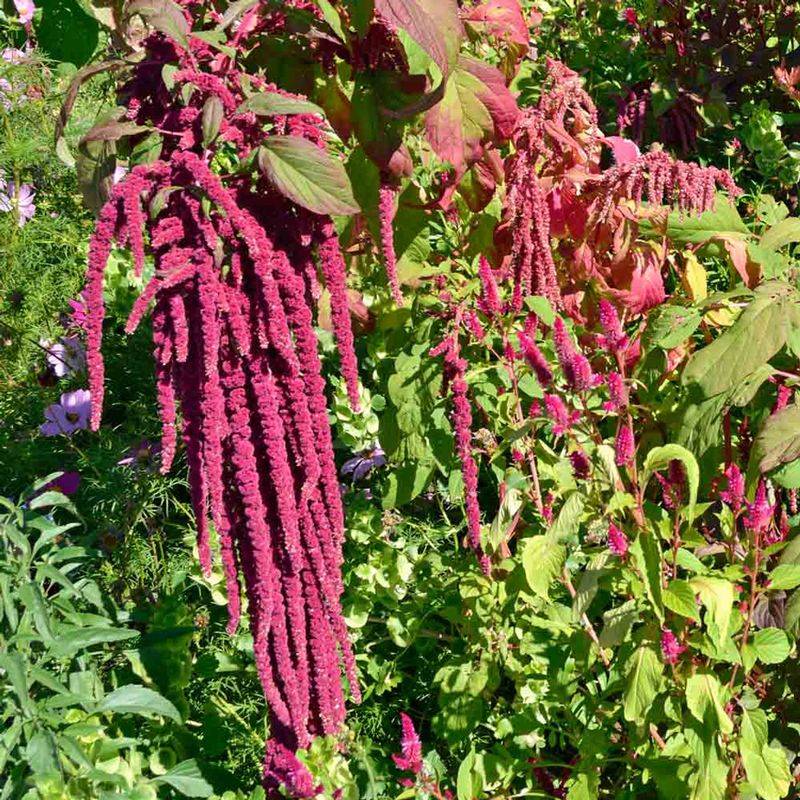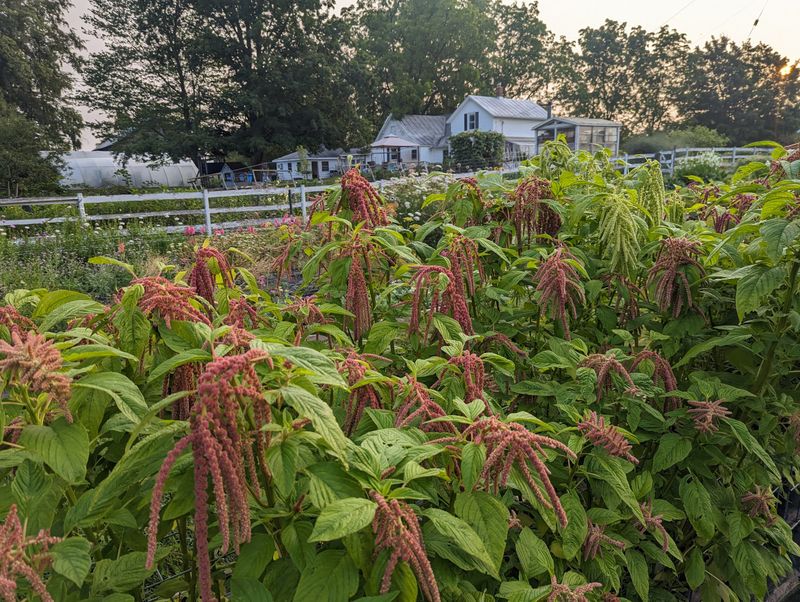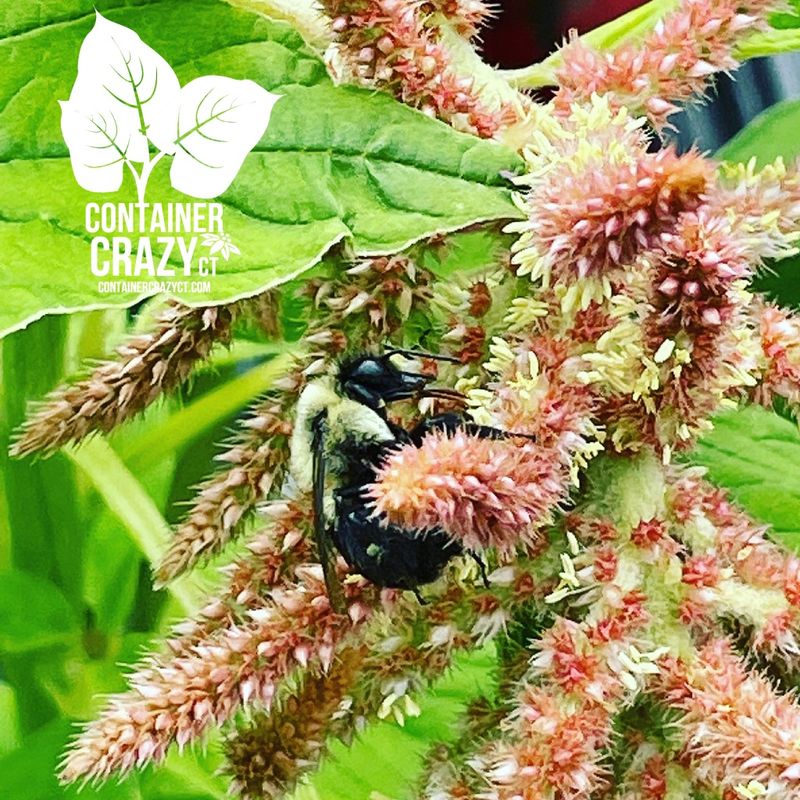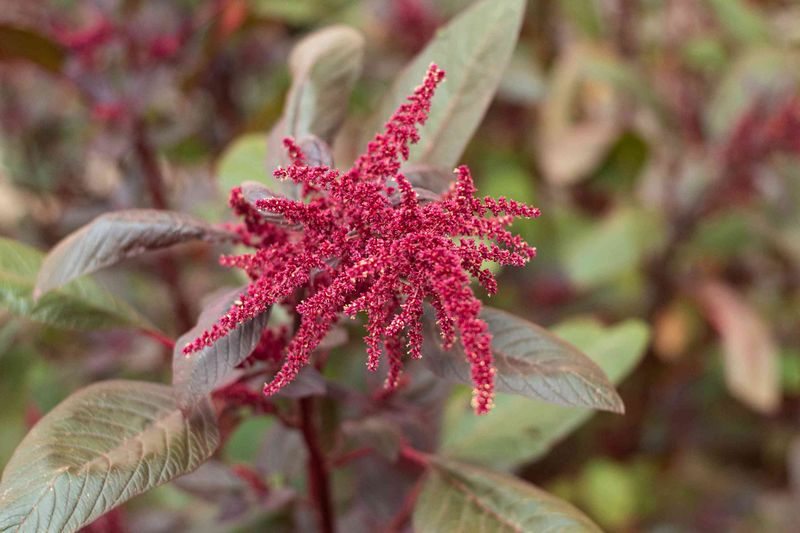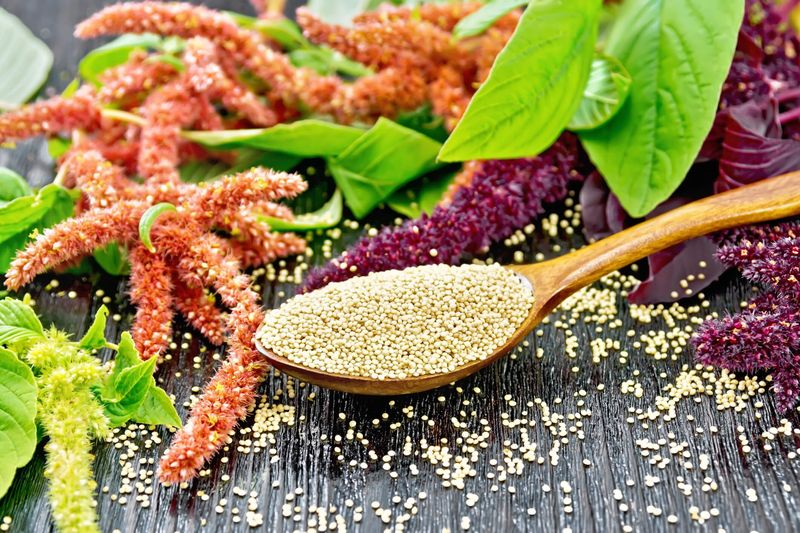Discover the incredible benefits of planting amaranth this April. This versatile and hardy vegetable not only adds beauty to your garden but also offers nutritional and practical advantages.
Join us as we explore eight superpowers of amaranth and why it deserves a spot in your garden this season.
1. Amaranth Thrives in Tough Conditions
Amaranth is a champion when it comes to withstanding challenging environments. As an incredibly hardy plant, it can flourish in drought-stricken areas and poor soil quality.
Once it sprouts, amaranth requires minimal maintenance, making it an ideal choice for gardeners in hotter climates. Its ability to tolerate high temperatures ensures that it remains productive even during the hottest summer months.
Planting amaranth in April allows gardeners to take advantage of its resilience, ensuring a successful harvest. Whether you’re in a city or countryside, amaranth can adapt and thrive, promising a bountiful yield.
2. Double Edible Harvest: Leaves and Seeds
With amaranth, you get a two-for-one deal. Both its leaves and seeds are edible, providing a double harvest from a single plant. The leaves are tender and can be used much like spinach, offering a rich source of vitamins and minerals.
Meanwhile, the seeds are a nutritional powerhouse, packed with protein and dietary fiber. This dual utility makes amaranth a valuable addition to any garden.
Whether you prefer a fresh leafy salad or a protein-rich grain dish, amaranth caters to both needs, making it a versatile and rewarding plant to grow.
3. Nutritional Powerhouse
Amaranth is not just a pretty plant; it’s a nutritional powerhouse. Rich in essential nutrients like calcium, iron, and magnesium, it provides excellent health benefits.
Its seeds offer complete protein, making it a superb choice for those seeking to boost their protein intake. The leaves are also packed with nutrients, contributing to overall health.
Incorporating amaranth into your diet can enhance your nutritional profile significantly. Whether you enjoy it as a leafy green or a grain, amaranth supports a healthy lifestyle, proving that nutritious food can also be delicious and versatile.
4. Gluten-Free Grain Alternative
For those on a gluten-free diet, amaranth offers a fantastic alternative to traditional grains. Its seeds can be prepared in various ways, from being popped like popcorn to being ground into flour or cooked like quinoa.
This versatility makes it an excellent choice for creating gluten-free meals and snacks. Amaranth’s mild, nutty flavor complements a wide range of dishes, allowing for culinary creativity.
Whether you’re baking bread or looking for a new side dish, amaranth seeds provide a delicious and nutritious option that fits seamlessly into a gluten-free lifestyle.
5. Garden Beauty with Striking Colors
Amaranth is not only a valuable edible plant but also a striking ornamental addition to any garden. Its flowers come in vibrant shades of purple, red, and gold, creating a stunning visual display.
These colorful flower heads add an aesthetic appeal that enhances the beauty of your garden. Planting amaranth in April ensures that your garden bursts with color during the growing season.
Beyond its visual appeal, amaranth’s vivid flowers also attract beneficial insects, contributing to a healthier garden ecosystem. It’s a feast for the eyes and a boon for the garden.
6. Fast Growing & Easy Maintenance
Amaranth is known for its rapid growth and low maintenance requirements. Planting amaranth seeds in April can lead to a quick harvest of leafy greens within a few weeks, with seeds following later in the season.
Its fast growth cycle makes it perfect for those looking to maximize their garden yield in a short time. Amaranth requires minimal care, making it suitable for gardeners of all skill levels.
With just a bit of attention, you can enjoy a bountiful harvest, reaping the benefits of this quick-growing wonder. It’s an easy win for any gardener.
7. Attracts Pollinators & Beneficial Insects
Amaranth flowers are not only beautiful but also play a crucial role in supporting garden biodiversity. Their vibrant colors attract a variety of pollinators, such as bees and butterflies, which are essential for a healthy garden ecosystem.
These beneficial insects help with the pollination of other plants, increasing overall garden productivity. In addition, amaranth’s presence can attract other helpful bugs that naturally manage pests, reducing the need for chemical interventions.
By planting amaranth, you foster a more balanced and thriving garden environment, making it a smart choice for eco-conscious gardeners.
8. Ancient & Resilient Crop
Amaranth has a rich history, having been a staple crop for the Aztecs, who valued it for its resilience and nutritional value. This ancient crop has stood the test of time, proving its worth through centuries.
Its ability to thrive in various conditions makes it a reliable choice for modern gardens. Amaranth’s historical significance adds a layer of cultural richness to your garden. By planting it, you connect with an ancient tradition of cultivation.
Its resilience and adaptability continue to make it a valuable crop, ideal for those looking to cultivate a piece of history.
9. Versatile Culinary Uses
Amaranth’s versatility extends beyond the garden to the kitchen, where its seeds and leaves can be used in a multitude of culinary applications. The seeds can be cooked, popped, or ground into flour, offering a wide range of uses from breakfast porridges to baked goods.
The leaves, similar to spinach, can be added to salads, soups, and stir-fries. This culinary flexibility makes amaranth an exciting ingredient for creative cooks. Its mild flavor adapts well to both sweet and savory dishes, providing endless possibilities for meal preparation.
Amaranth invites culinary experimentation, making it a kitchen staple.
